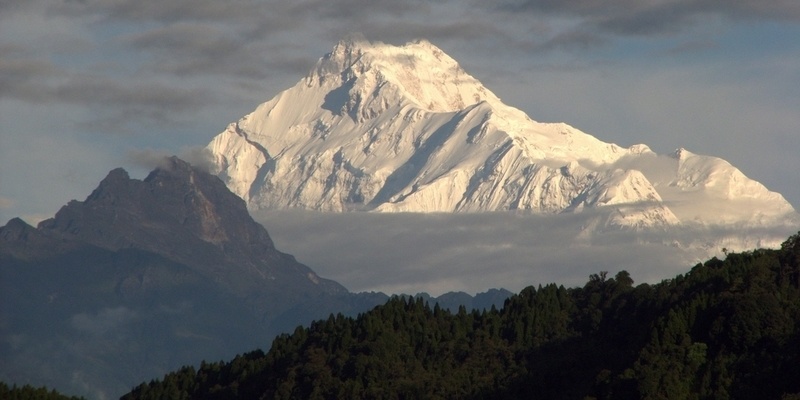Tinkesh Kaushik: The Inspiring Journey of India’s Triple Amputee Adventurer
At just nine years old, Tinkesh Kaushik from Jhajjar, Haryana, faced a life-changing incident. While flying a kite, his kite got stuck in an electric wire, and he suffered a devastating 11,000-volt shock. The accident led to the amputation of both his legs below the knees and his left arm above the elbow. For six long months, Tinkesh remained in the hospital, enduring intensive treatment and rehabilitation. The severity of the injuries left his family anxious, yet they refused to surrender to despair. His parents’ unwavering support and determination became his lifeline. Despite being told he might not survive, Tinkesh pulled through, illustrating the immense power of family love and resilience in the face of adversity.Overcoming Early StrugglesGrowing up with prosthetic limbs presented immense challenges. Tinkesh’s mother would carry him to school during his years of recovery, ensuring that he did not fall behind his peers academically. While other children played freely, Tinkesh had to navigate daily routines with care and patience. Financial struggles added to the difficulty, as his lower middle-class family worked tirelessly to afford his prosthetics and medical needs. Yet, the young boy refused to let circumstances define his future. His determination and family support laid the foundation for the extraordinary feats he would later accomplish.A Journey of Health, Fitness, and AdventureAfter graduating in 2015, Tinkesh faced challenges in finding employment, compounded by the physical limitations caused by years of inactivity. Recognizing the importance of health and fitness, he committed himself to rebuilding his strength. Under the guidance of coach Kamal Sharma, Tinkesh transformed his body and mindset, channeling his energy into athletic pursuits. Within two years, he went from struggling with basic mobility to participating in marathons, white water rafting in Dandeli, and even bungee jumping in Nepal. Each adventure became a reflection of his courage, determination, and refusal to be defined by disability.Conquering Everest Base Camp: A Historic FeatIn May 2024, Tinkesh achieved a milestone that captured global attention. He became the world’s first triple amputee to reach the Mount Everest Base Camp, standing at 17,598 feet above sea level. The trek was physically grueling, especially given his prosthetic limbs, and he faced challenges such as acute mountain sickness. Yet, his mental strength and relentless focus propelled him forward. Reflecting on the accomplishment, Tinkesh described the journey as both deeply personal and symbolic of hope for all individuals facing challenges. “I did it for myself, and I did it for a cause,” he shared, emphasizing the message that limitations exist only in the mind, not in the spirit.Recognition on the National StageTinkesh’s extraordinary journey was formally recognized on World Disability Day, December 3, 2024, when he received the National Award for Personal Excellence (Shresht Divyangjan) from the Honourable President of India, Smt. Droupadi Murmu. The award celebrated his outstanding achievements in adventure sports and his tireless work in empowering people with disabilities through the Tinkesh Ability Foundation. The honor was presented in the presence of Dr. Virendra Kumar, Union Minister of Social Justice & Empowerment, and Shri Rajesh Aggarwal, Secretary, Department of Empowerment of Persons with Disabilities. The recognition is not just a personal milestone for Tinkesh but also a powerful statement about the potential of persons with disabilities to inspire, lead, and achieve extraordinary feats.A Message for the WorldTinkesh’s words resonate with anyone striving to rise above adversity. His journey is more than a personal win; it is a human story of courage and inspiration. It reminds us that true strength is measured not just by physical ability, but by the courage to face challenges, the determination to rise after setbacks, and the compassion to empower others along the way.

.jpg)





.png)

